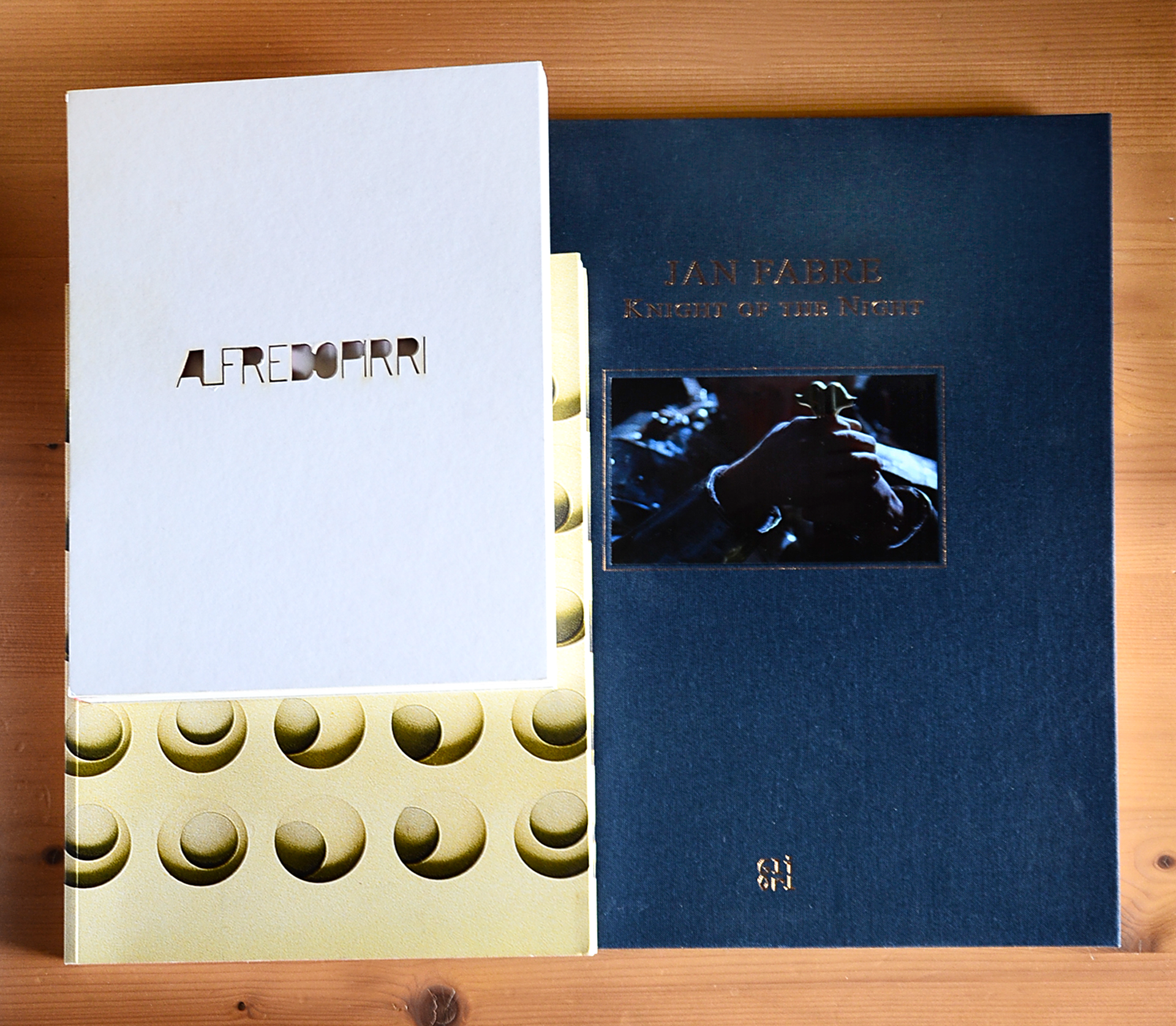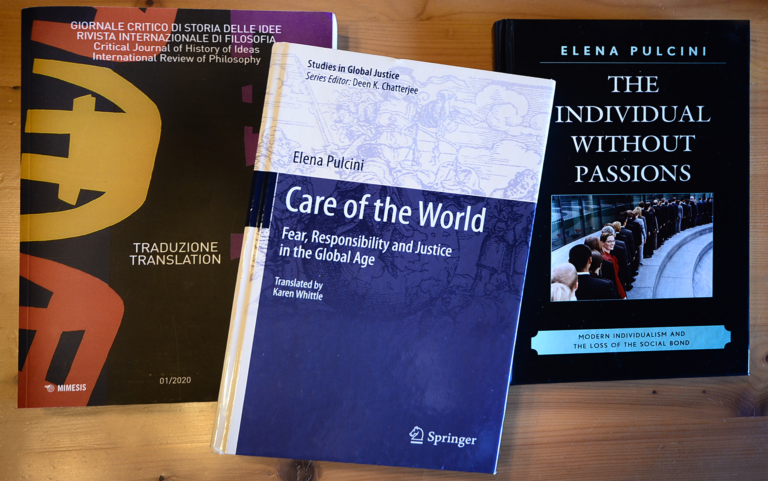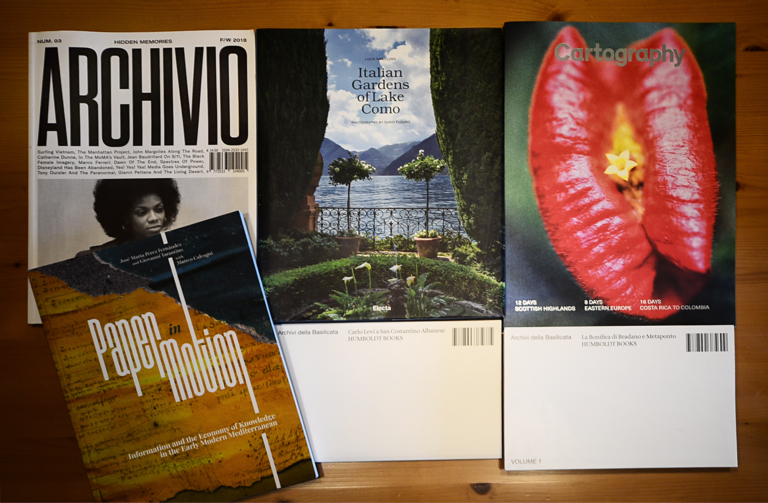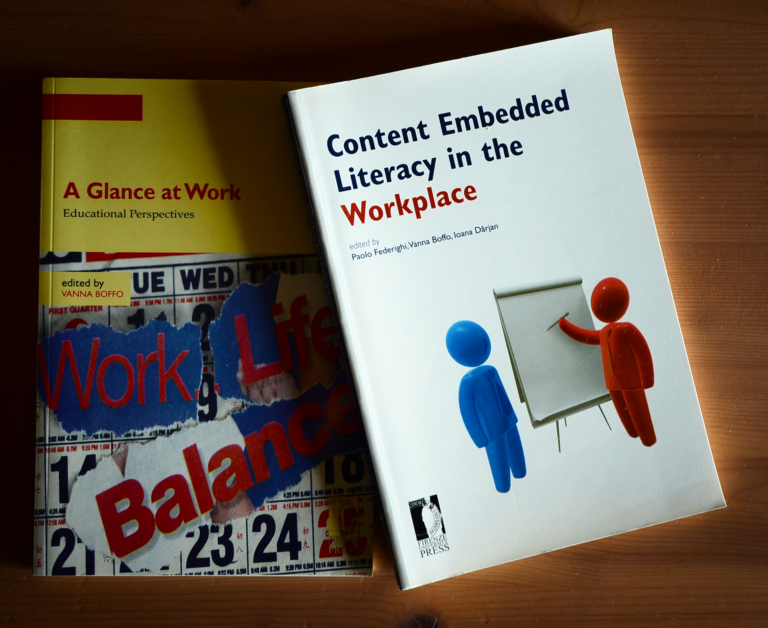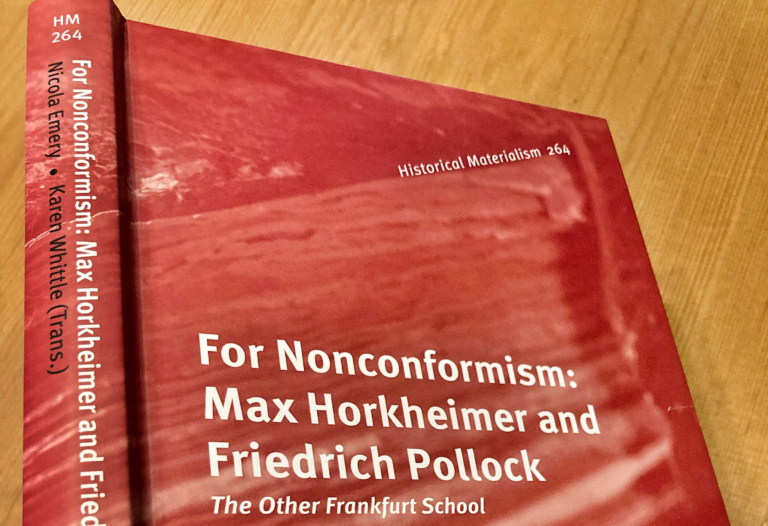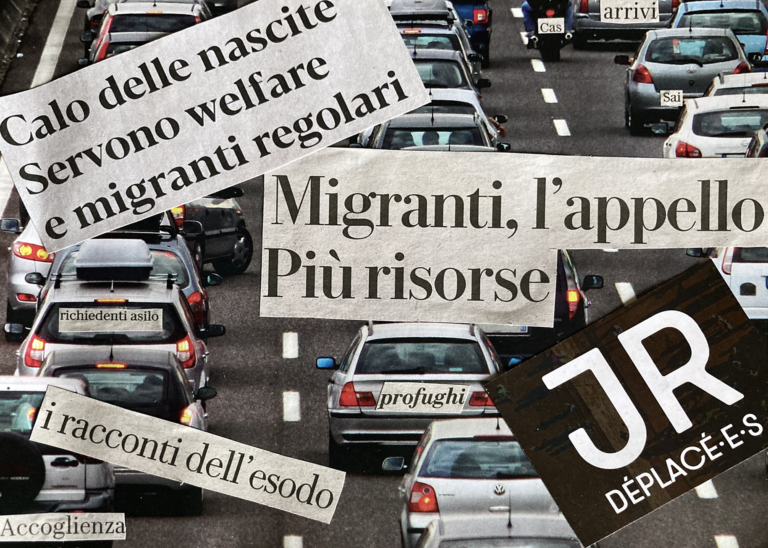Translating Images into Words
I’ve worked for Galleria il Ponte in Florence, owned by gallerist Andrea Alibrandi, for almost 20 years. During this time, I’ve got to know various contemporary artists – Mauro Staccioli, Jan Fabre, Renato Ranaldi, Carol Rama, to name just a few – from the inside, you could say. Because just looking at the images could leave you a bit perplexed; you have to know the thinking behind them. And translating that thinking takes you right inside their work. Read the exhibition catalogues here.
More recently, I started working for FMAV, the Modena Foundation of Visual Arts, and its picture cards museum, discovering a whole new world. When I was asked to translate the descriptions of the permanent exhibition, it gave me the perfect excuse to visit the museum, the galleries and the town of Modena. Brought up on cricket, the exhibition in the museum for the fortieth anniversary of the 1982 World Cup in Spain was a crash course in football and Italy’s winning performance.
Other translation jobs have allowed me to zoom in on the world of Italian cinema. On a visit to the National Film Museum in Turin, I was proud to see my name as translator in issues of the historic Bianco e Nero journal produced since 1937 by the Centro Sperimentale di Cinematografia in Rome. I continue to work with the then director of the journal Mariapia Comand, professor of film and television studies, photography and new media, and her colleagues from the University of Udine.
Translating is like building a bridge between different worlds. Again in the field of the moving image, thanks to my work with professor Grazia Tucci of the University of Florence Department of Civil and Environmental Engineering, I had the honour of translating the text for the video on the creation of the digital twin of David by Michelangelo for Expo Dubai: my own small contribution to building the bridge of beauty that connects people.
